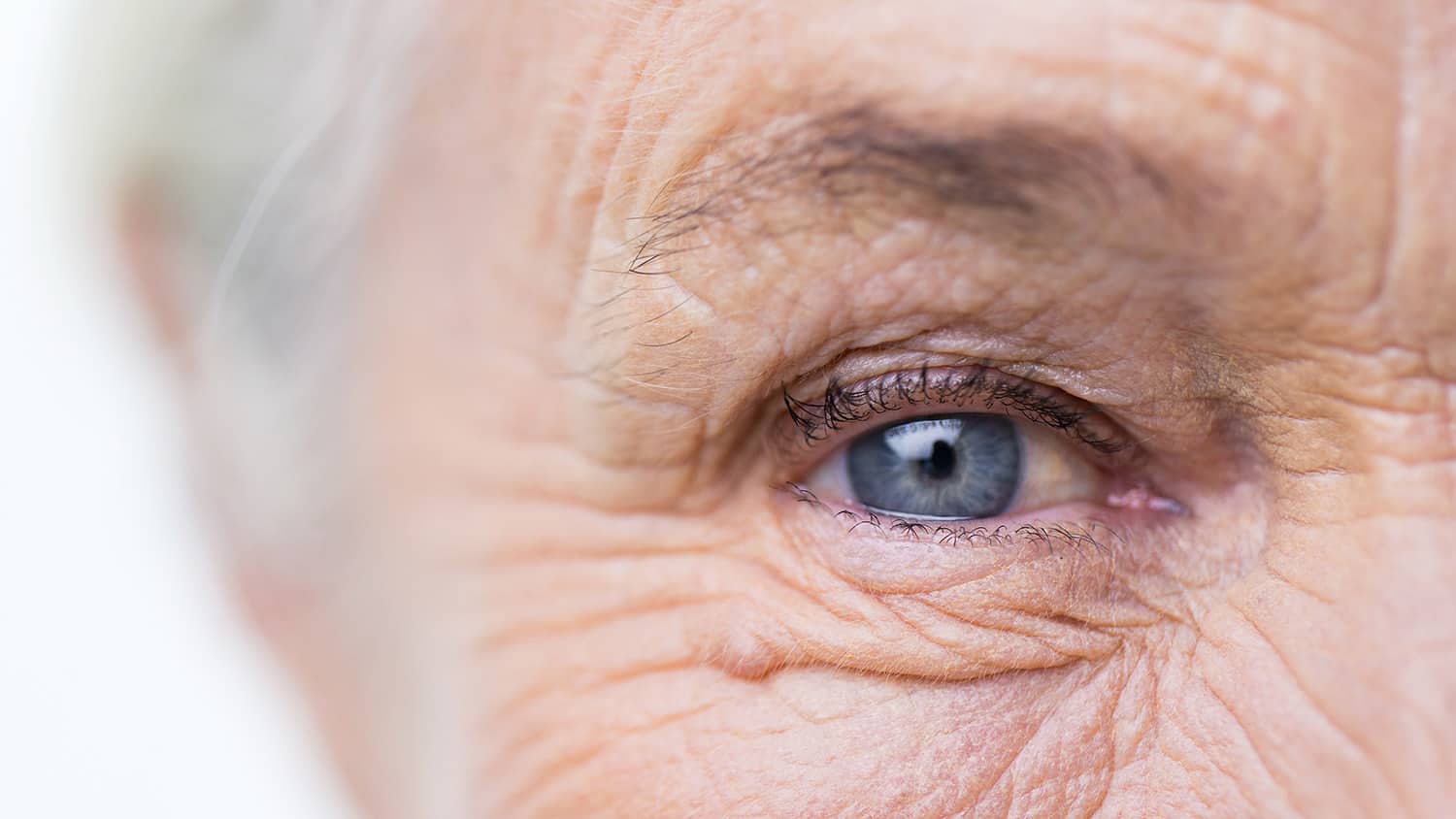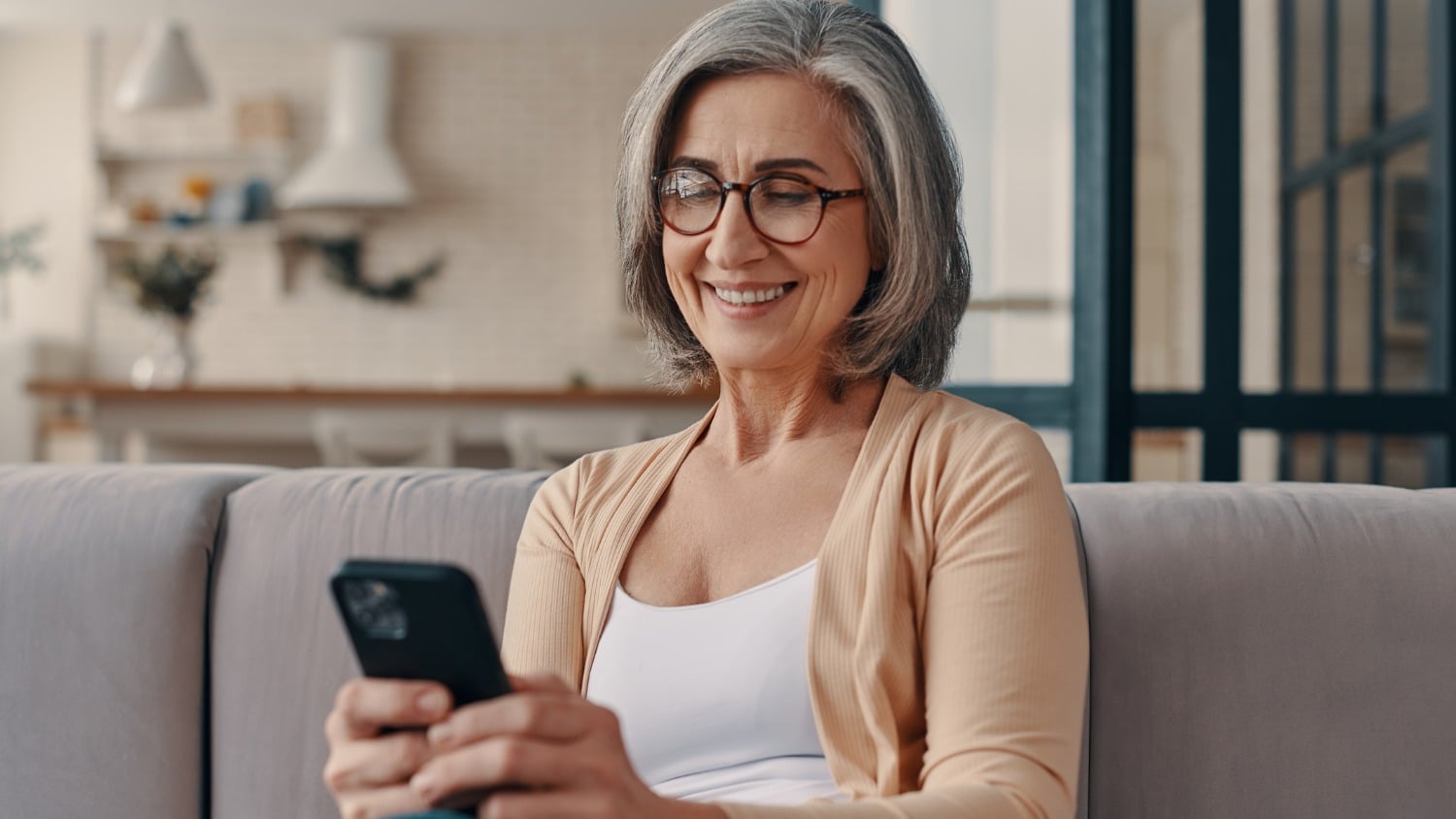
6 Ways to Protect Your Precious Eyes as You Age
As Audrey Hepburn once said, “The beauty of a woman must be seen from in her eyes, because that is the doorway to her heart, the place where love resides.” Our eyes and the vision that comes with them are a precious gift. We want to enjoy that gift for as many years as possible.
Unfortunately, as we age, most of us experience declines in our visual acuity. Some of these declines are unavoidable due to risk factors such as genetics. However, many problems can be successfully treated when diagnosed early.
That’s why it’s so important to schedule routine eye exams even if you’re not experiencing problems with your vision.
Let’s look at the four eye conditions most common to women over the age of 60. Then we’ll consider what we can do to take good care of our precious eyes.
Cataracts
A cataract is the clouding of the lens of the eye. It results in blurred vision similar to the experience of looking through a foggy window. Cataracts often develop slowly and sometimes don’t require initial intervention.
When the cataract begins to affect your ability to perform daily activities, surgery is the only treatment option.
The clouded lens is replaced by a clear artificial lens. In the majority of cases, cataract surgery results in excellent vision, sometimes even better than prior to developing the condition.
Diabetic Retinopathy
Diabetes, especially if it’s poorly controlled, can result in damage to blood vessels in the retina of the eye. Symptoms may include blurred vision, floaters, double vision or pain in the eyes.
While there is no cure for diabetic retinopathy, interventions such as surgery or laser treatments may reduce vision loss.
Glaucoma
If not caught early, glaucoma can cause permanent vision loss. Initially, the disease often has no symptoms, so many people with glaucoma don’t realize they have it until significant damage is already done.
Eventually, the disease causes the loss of peripheral (side) vision. Treatment options include prescription eye drops, oral medications or surgery.
Macular Degeneration
The exact cause of macular degeneration is unknown, but it affects the nerve tissue that lines the back of the eye. You might experience distortion of objects or the appearance of dark spots in your central field of vision.
There is no cure for this condition, but treatments such as drug injections or laser surgery can sometimes slow the progression.
Now here’s the good news. While some visual changes associated with aging are unavoidable, there are steps we can take to help protect our eyes.
Exercise
Exercise improves blood circulation to our eyes. It also helps control conditions that adversely affect vision such as diabetes, high blood pressure, and high cholesterol.
An effective exercise program doesn’t need to be extreme. Generally, about 150 minutes of moderate exercise each week is adequate. Of course, you’ll want to consult your medical provider prior to making significant changes in your exercise routine.
Protect Your Eyes from UV Rays
Exposure to UV rays in the form of sunlight increases our risk of developing cataracts and macular degeneration. Be sure to wear sunglasses when you’re outdoors during daylight hours. Wraparound glasses provide the best protection.
Control Your Blood Sugar
Diabetes affects every part of the body, including our eyes. Uncontrolled blood sugar levels increase the risk of damage to the blood vessels and nerves in our eyes.
Many people have elevated blood sugar levels and aren’t aware of the problem. Be sure to have your blood sugar checked regularly and carefully follow your physician’s guidelines if it’s elevated.
Quit Smoking
We all know that smoking increases our risk of heart and lung disease, but did you know it also damages our eyes? In fact, smoking is a risk factor in every one of the four common eye conditions we discussed earlier.
Chemicals in cigarette smoke damage structures in the eyes, including delicate blood vessels. It’s never too late to give up smoking.
Eat a Healthy Diet
Foods high in antioxidants provide a protective effect for our eyes. These include berries, orange and green vegetables, and citrus fruits. Omega-3 fatty acids such as those found in cold water fish, flaxseed and walnuts also offer protection.
Real foods are generally healthier than supplements. However, if you’re at high risk for eye disease, your ophthalmologist might prescribe special nutritional supplements containing lutein and zeaxanthin.
Maintain Normal Blood Pressure
Elevated blood pressure can result in damage to the blood vessels of the eyes. High blood pressure often has no symptoms, so many people aren’t aware they have it. Remember to check your blood pressure regularly and follow your physician’s recommendations if it’s elevated.
I hope you’ll share this information with your under-60 family members and friends. The earlier a person adopts good health habits the better their chances of protecting their precious vision for many years to come.
Do you suffer from an eye condition? What kind of treatment have you undergone? Do you think things might’ve been different had you taken better care of your eyes in earlier years? Please join the conversation below.
Tags Medical Conditions






